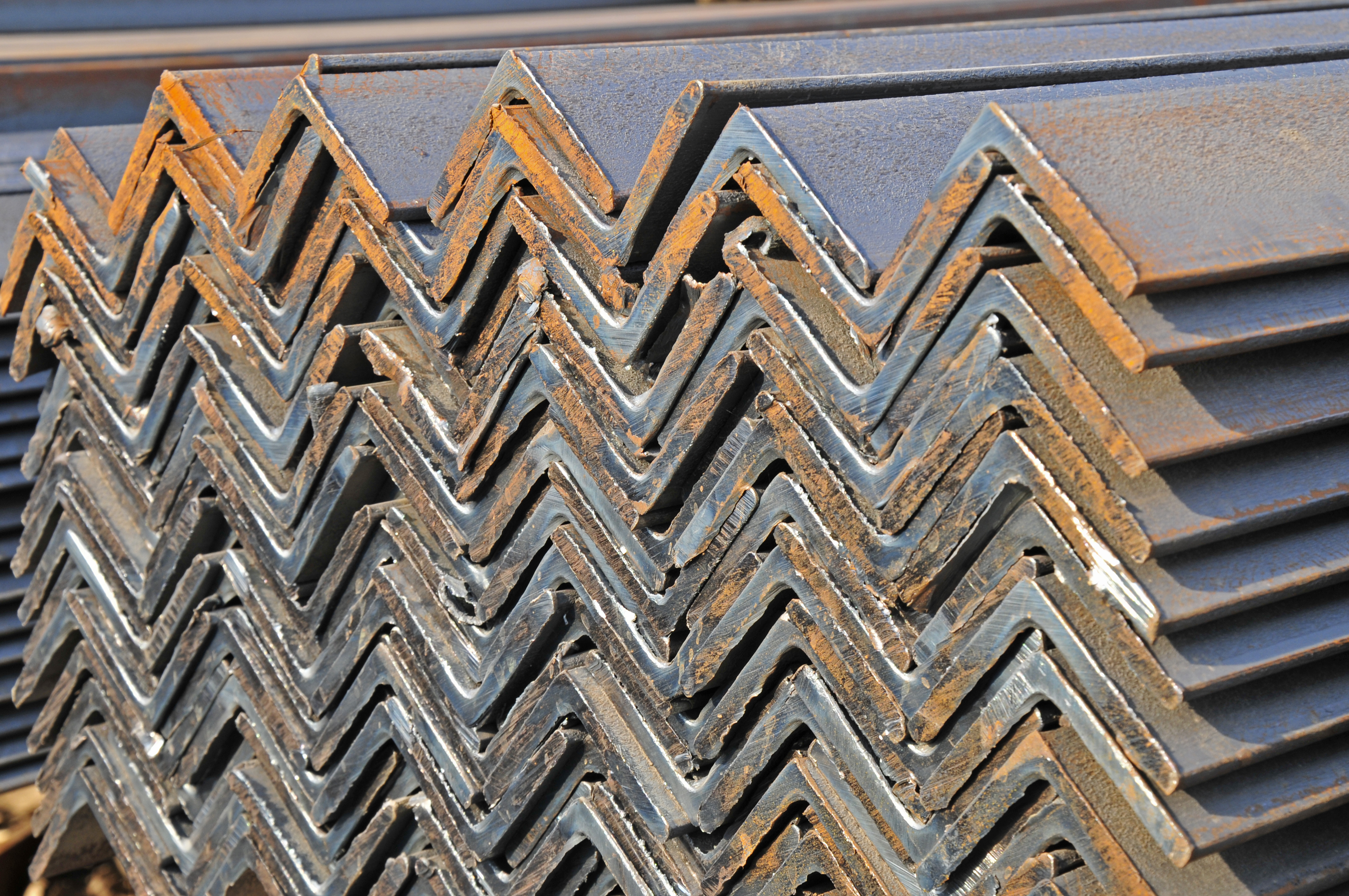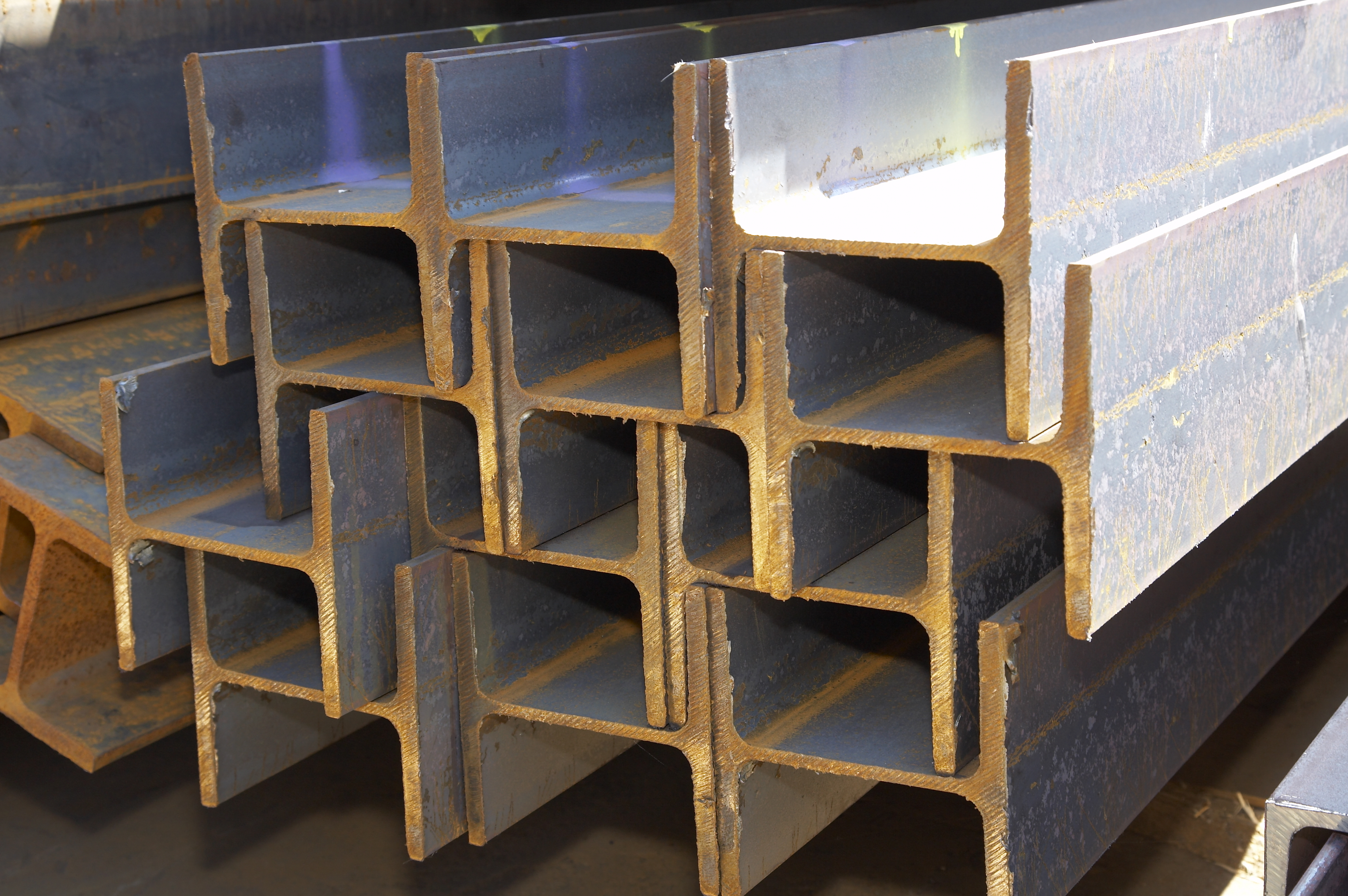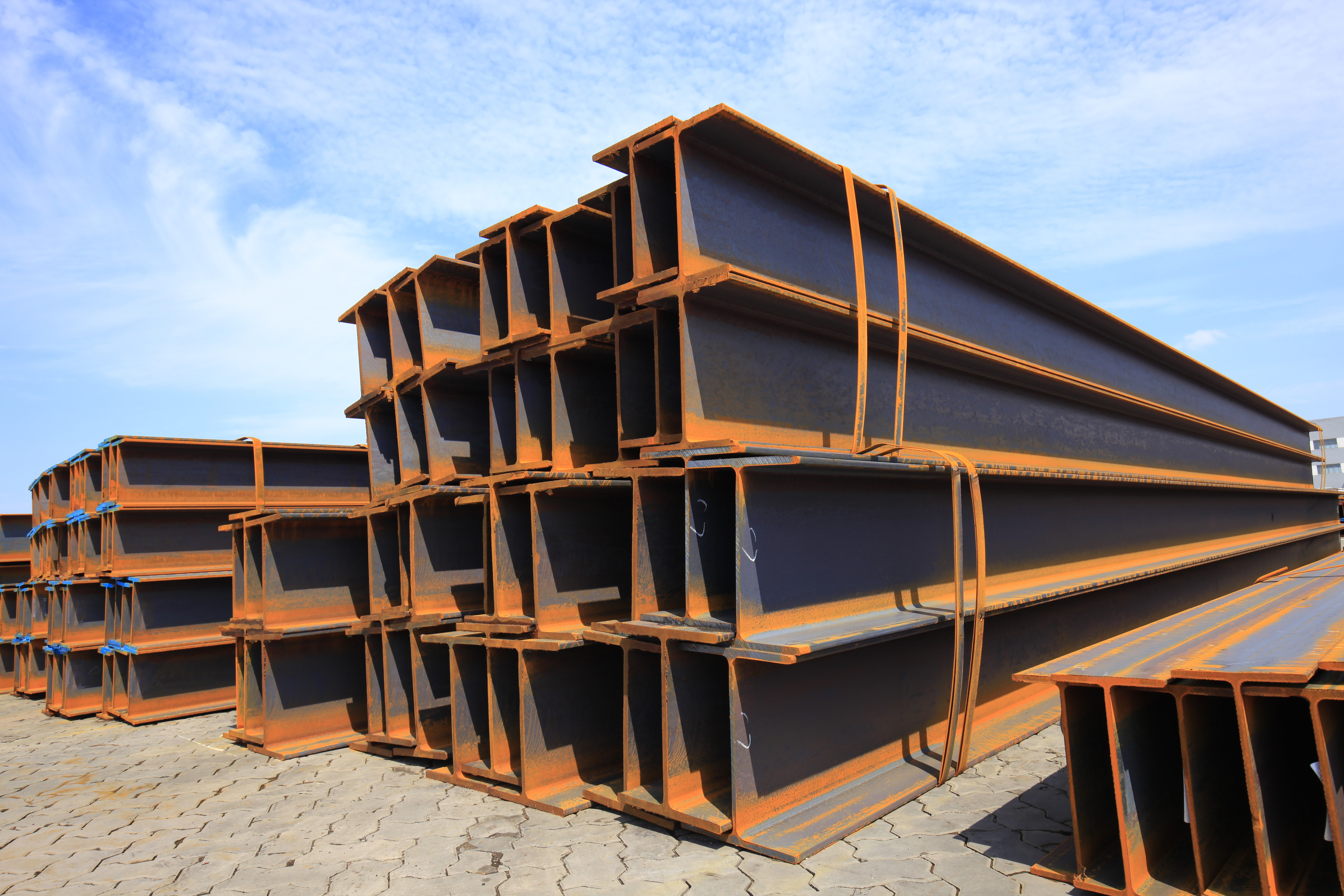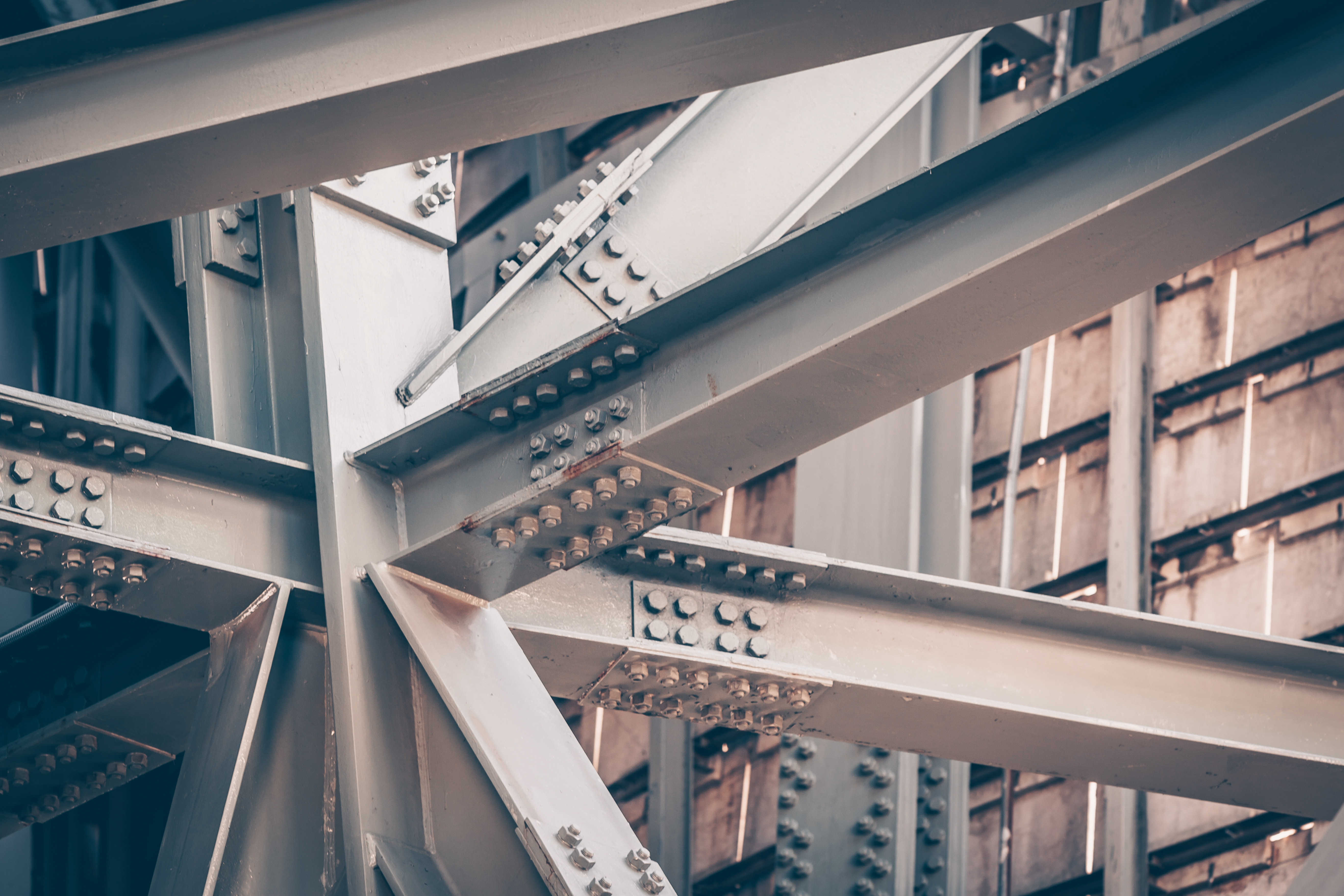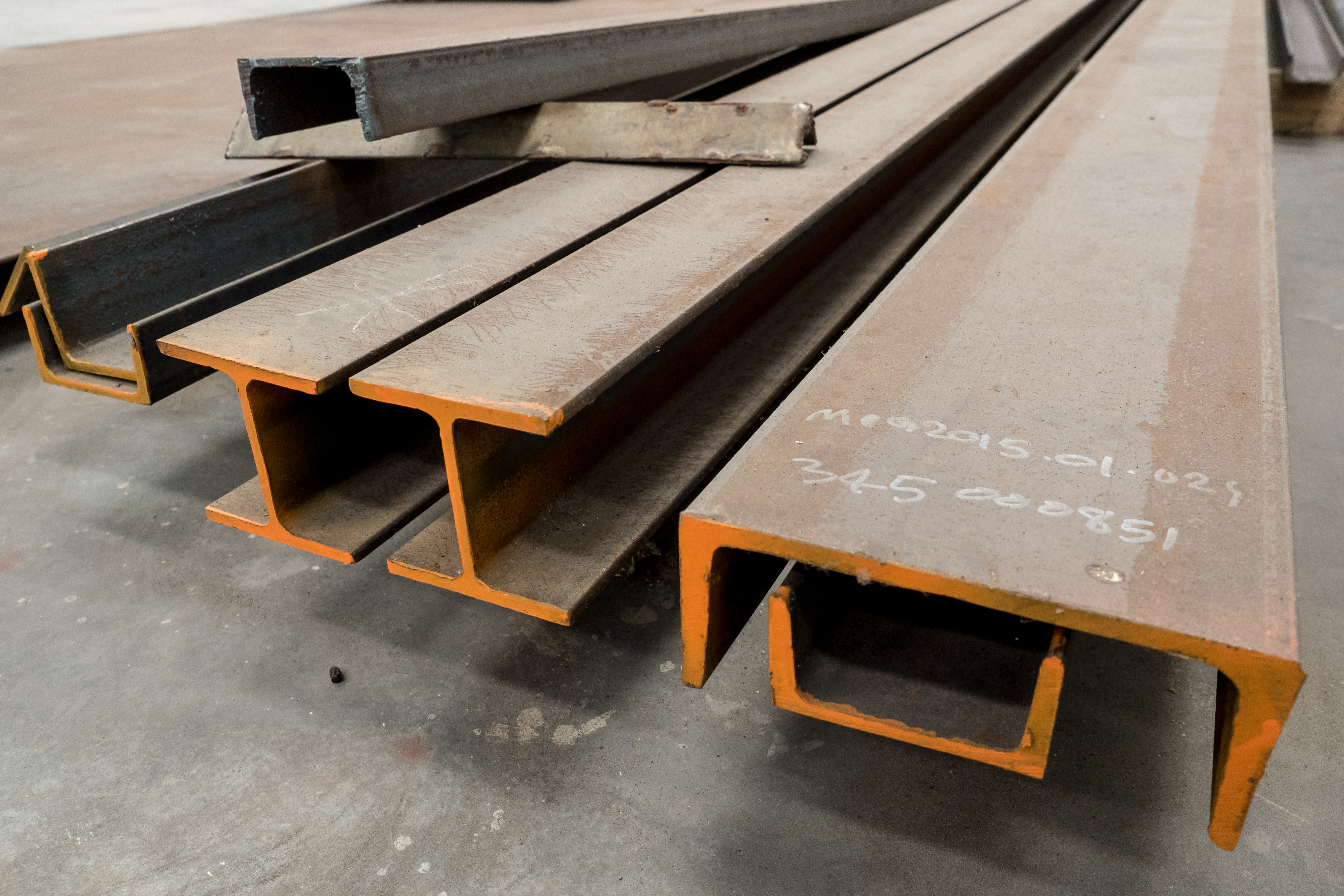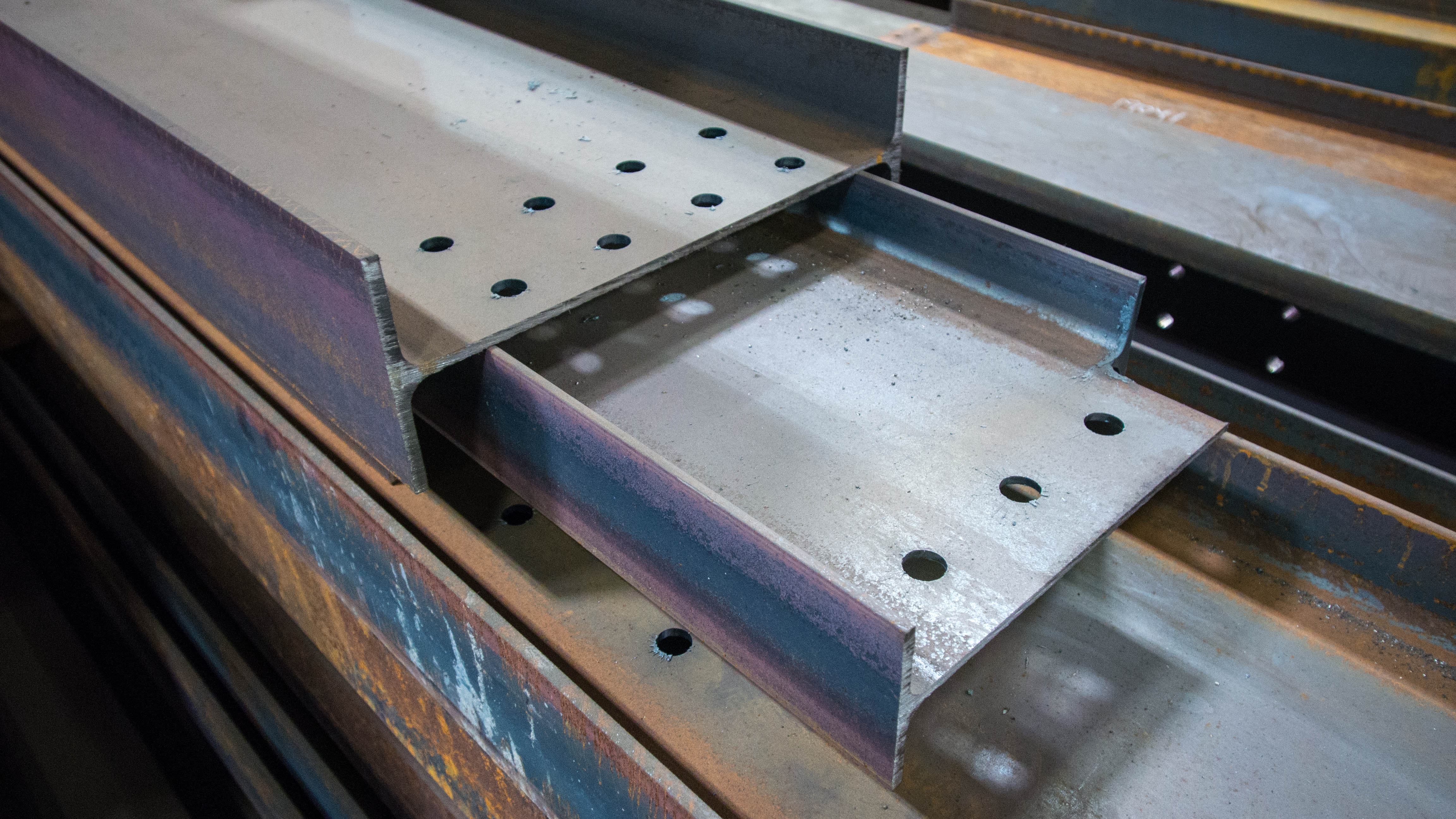Structural Steel Shapes
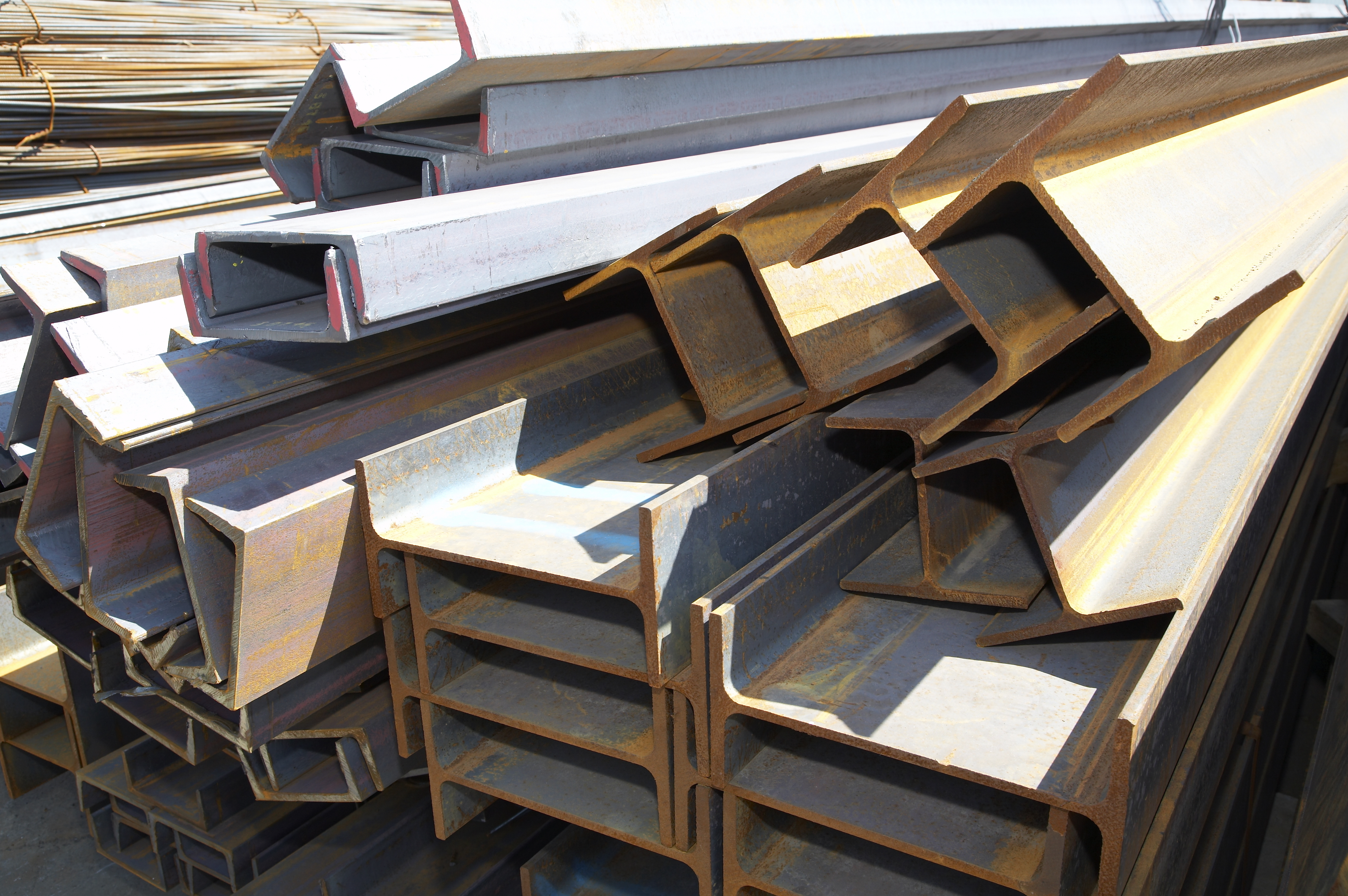
Structural steel refers to a category of steel used in construction for its strength and load-bearing capabilities. It is widely used in building structures, bridges, infrastructure, and industrial applications due to its versatility, durability, and cost-effectiveness.
Composition and Properties:
-
Composition: Structural steel is primarily made from iron alloyed with small amounts of carbon and other elements such as manganese, sulfur, phosphorus, and silicon.
-
Properties: Structural steel possesses high strength, ductility, and toughness, making it suitable for supporting heavy loads and resisting external forces such as wind, seismic activity, and impact. It also exhibits excellent weldability and machinability.
Types of Structural Steel:
-
Carbon Steel: Carbon steel is the most common type of structural steel and contains primarily iron and carbon. It is available in various grades, with higher carbon content providing greater strength but reduced ductility.
-
Alloy Steel: Alloy steel contains additional alloying elements such as manganese, chromium, nickel, and molybdenum, which enhance its mechanical properties. Alloy steel is often used in specialized applications requiring high strength, corrosion resistance, or specific performance characteristics.
Applications:
-
Building Construction: Structural steel is extensively used in building construction for framing, beams, columns, and other structural elements. It offers flexibility in design, rapid construction, and cost-effectiveness compared to other materials.
-
Bridges and Infrastructure: Structural steel is a preferred material for bridge construction due to its high strength-to-weight ratio, durability, and resistance to environmental factors. It is used in bridges, overpasses, viaducts, and other transportation infrastructure projects.
-
Industrial and Commercial Structures: Structural steel is used in industrial facilities, warehouses, factories, and commercial buildings for its strength, versatility, and adaptability to various design requirements.
-
Utilities and Energy Sector: Structural steel is used in power plants, refineries, pipelines, and utility structures for its durability, resistance to extreme conditions, and long-term reliability.
Fabrication and Installation:
-
Fabrication: Structural steel is fabricated using various processes such as cutting, drilling, welding, and bending. Advanced fabrication techniques ensure precise dimensions and high-quality finishes.
-
Installation: Structural steel components are assembled and erected on-site according to engineering drawings and specifications. Installation involves lifting, positioning, and connecting steel elements using bolts, welding, or other fastening methods.
In summary, structural steel plays a critical role in construction and infrastructure projects, offering strength, durability, and versatility. Its use continues to grow due to advancements in fabrication technology, sustainable design practices, and the ongoing demand for efficient and resilient building solutions.
| Grade | Carbon | Silicon |
|---|---|---|
| A36 up to 3/4” thick | 0.25% | 0.40% |
| A36 >3/4 – 1 ½” thick | 0.25% | 0.15-0.40% |
| A36 > 1 ½ - 2 ½” thick | 0.26% | 0.15-0.40% |
| A36 >2 ½ - 4” thick | 0.27% | 0.15-0.40% |
Channels and Angles: Structural steel channels and angles are used for bracing, framing, and support in building construction and industrial applications. They provide stability and reinforcement to structures and are available in various sizes and configurations.
Beams: Structural steel beams, also known as I-beams or H-beams, are widely used for load-bearing applications in building construction and bridges. They provide excellent strength-to-weight ratio and are available in various sizes and configurations to accommodate different design requirements.
Columns: Structural steel columns provide vertical support for building structures and are typically used in conjunction with beams to form frameworks. They are available in various shapes, including H-shaped, square, and circular sections.
Structural Tees:
Structural tees, also known as T-sections or T-bars, have a "T" shape with a vertical stem (flange) and a horizontal top section (web). They resemble the letter "T" when viewed in cross-section.
- Structural tees are commonly used as support beams or columns in building construction. They provide vertical support and distribute loads effectively due to their T-shaped profile.
- Roof Trusses: Structural tees are used as components of roof trusses to support roof loads and provide stability to the structure.
- Bridge Construction: Structural tees are used in bridge construction for supporting deck loads, railings, and other structural components.
Structural Zees:
Structural zees, also known as Z-sections or Z-bars, have a "Z" shape with two flanges (one on top and one on bottom) connected by a vertical web. They resemble the letter "Z" when viewed in cross-section.
- Purlins and Girts: Structural zees are commonly used as purlins and girts in metal building construction. They provide lateral support to roofing and wall panels and help distribute loads evenly across the structure.
- Mezzanine Floors: Structural zees are used in mezzanine floor systems to support decking and provide additional space for storage or office areas.
- Industrial Racking: Structural zees are used as components of industrial racking systems for storing palletized goods in warehouses and distribution centers.

